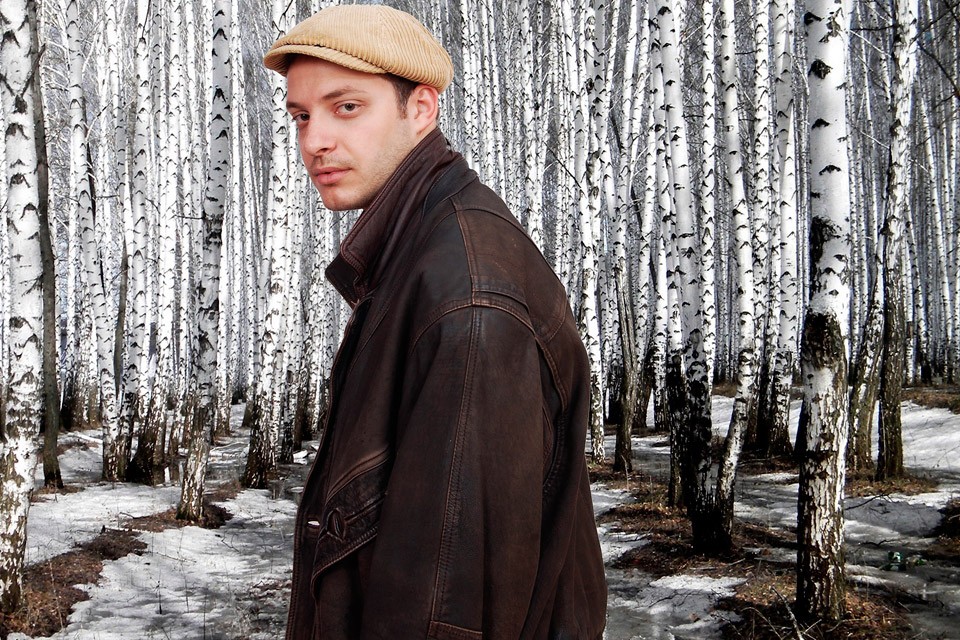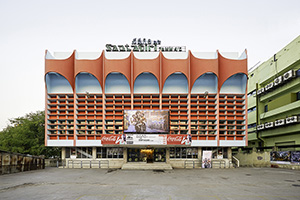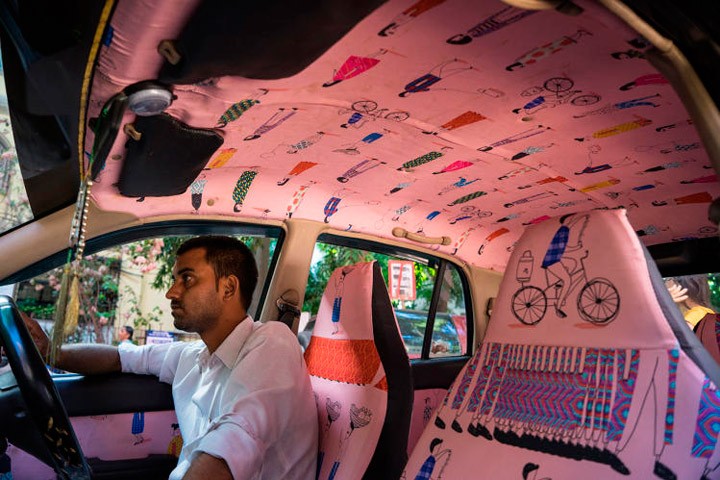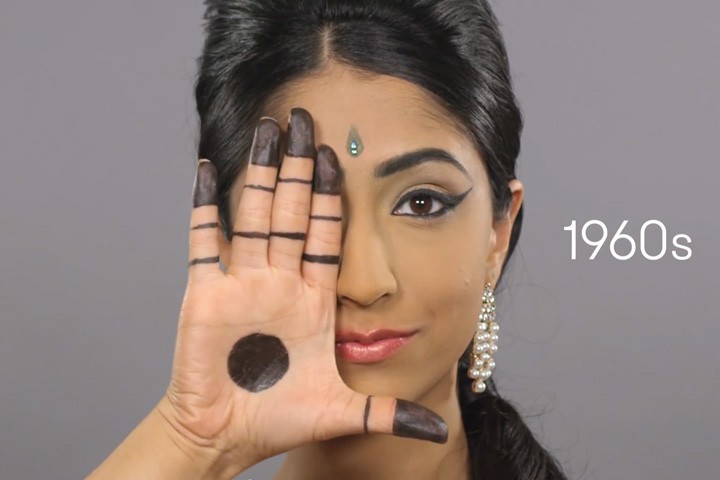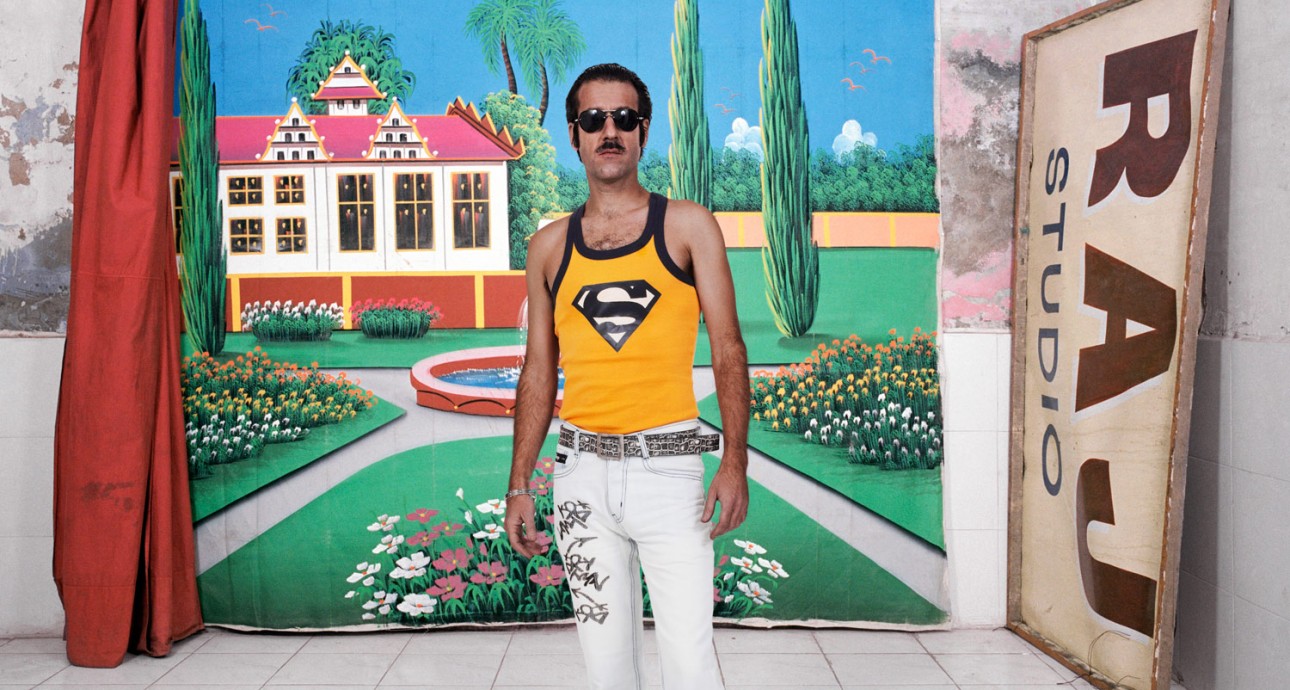
Chic and Wealth: The Power of Indian Photo Studios in Olivier Culmann’s Project
The 11th International Month of Photography in Moscow PHOTOBIENNALE-2016 opened on February 16. Bird In Flight asked Olivier Culmann, whose project called The Others is part of the exhibition, to tell us about his work.
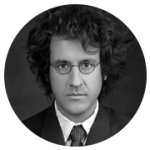
Member of the Tendance Floue collective. Has been doing documentary photography since 1992. His series called “Ghost Towns, Namibia” won the Fujifilm Prize Euro Press Photo contest in 2004. One of his most famous works is his documentary called “Watching TV”, which took third prize at World Press Photo in 2007. The photographs of the project depict people frozen in front of the screen in convenient poses. They were taken in the UK, Mexico, China, France, and Morocco. The most recent project, The Others, is a series of self-portraits that Culmann took in Indian photo studios between 2009 and 2012.
I have been to India a lot in the past 20 years. Every time I go there, I enjoy looking at the photographs at small local photo studios. It is only in India that you can see such wonders of Photoshop and such abundance of colors. This photographic kitsch tells you much more about the country than professional documentary photography. And I am a documentary photographer, and I have always used the language that I am used to. However, in 2009, I decided to experiment and show the trends of popular Indian photography through self-portraits. In order to do this, I settled in New Delhi for several years. I took the self-portraits in local photo studios where I used their original backgrounds and interiors. To fit the interior better, I tried on national costumes, and in general, tried to copy how some Indians I know dress and behave themselves. This resulted in a gallery of Indian types, which is the first phase of my project.
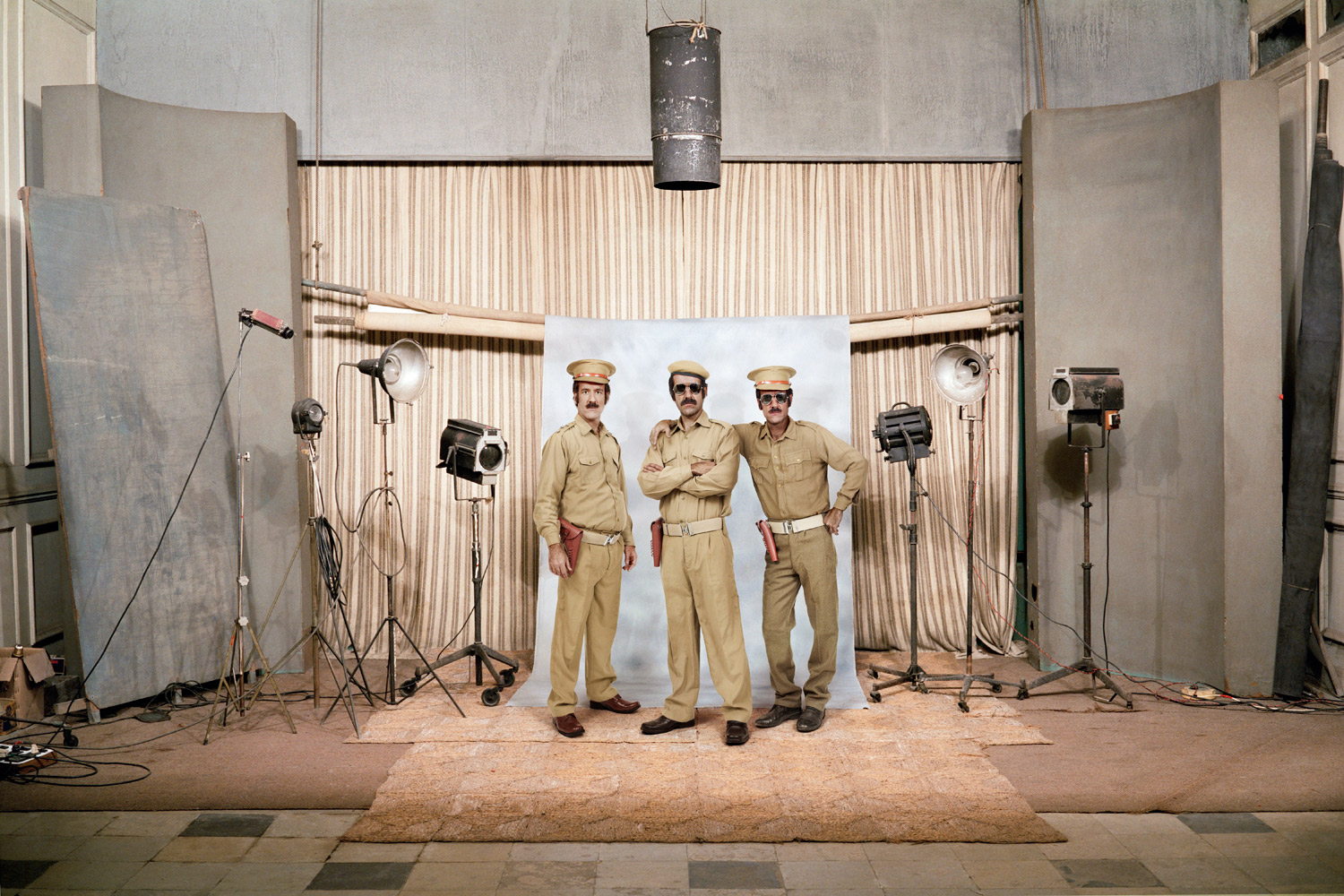
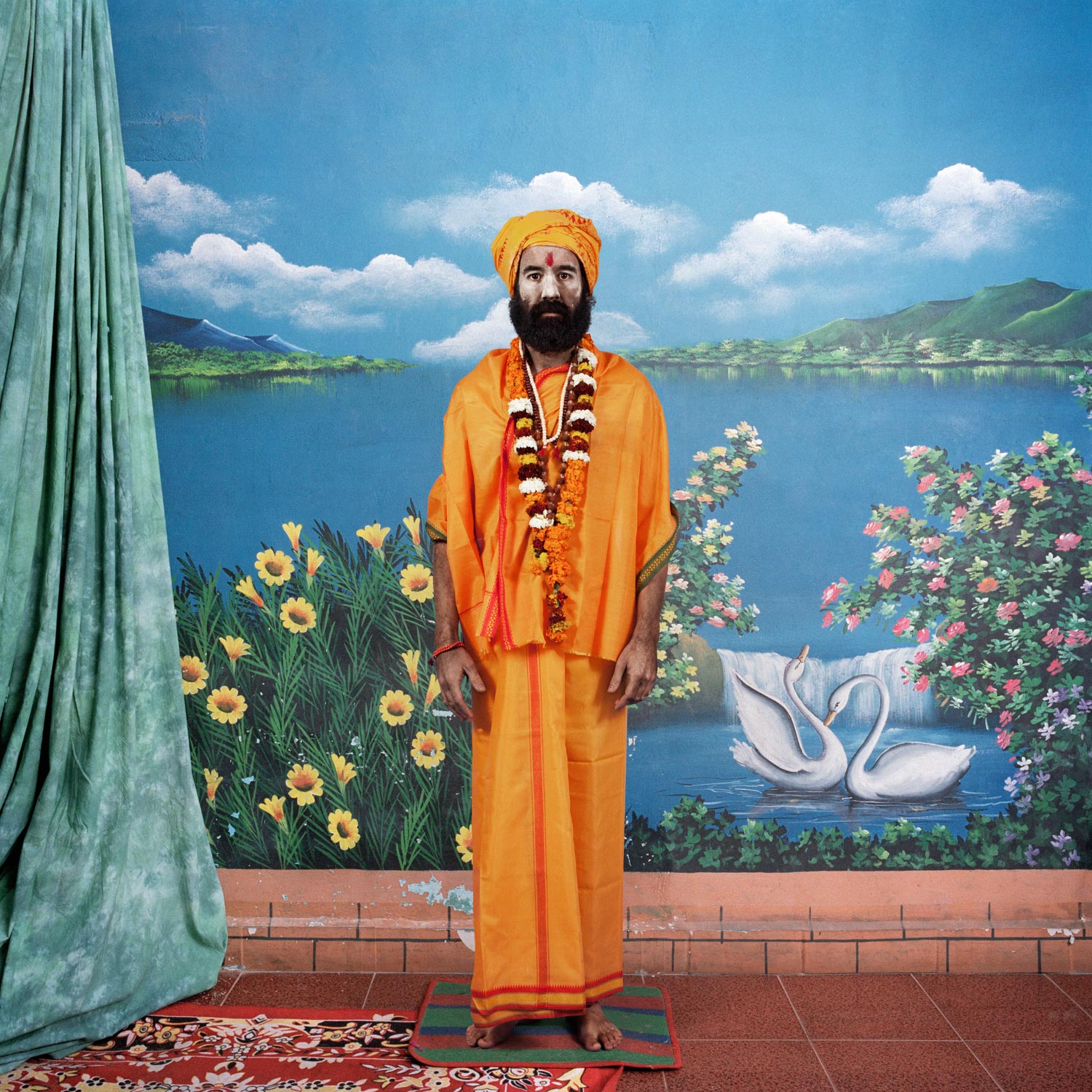
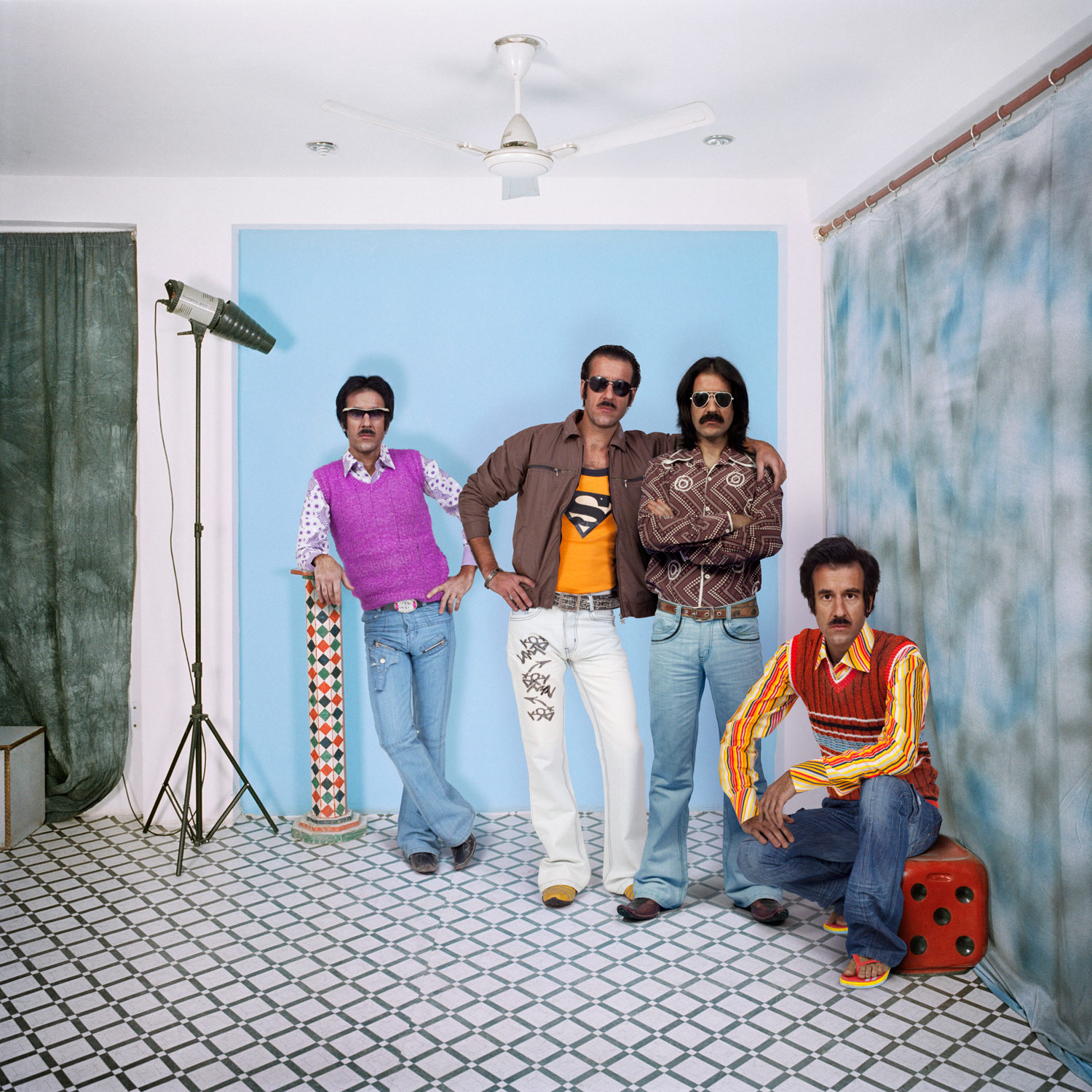
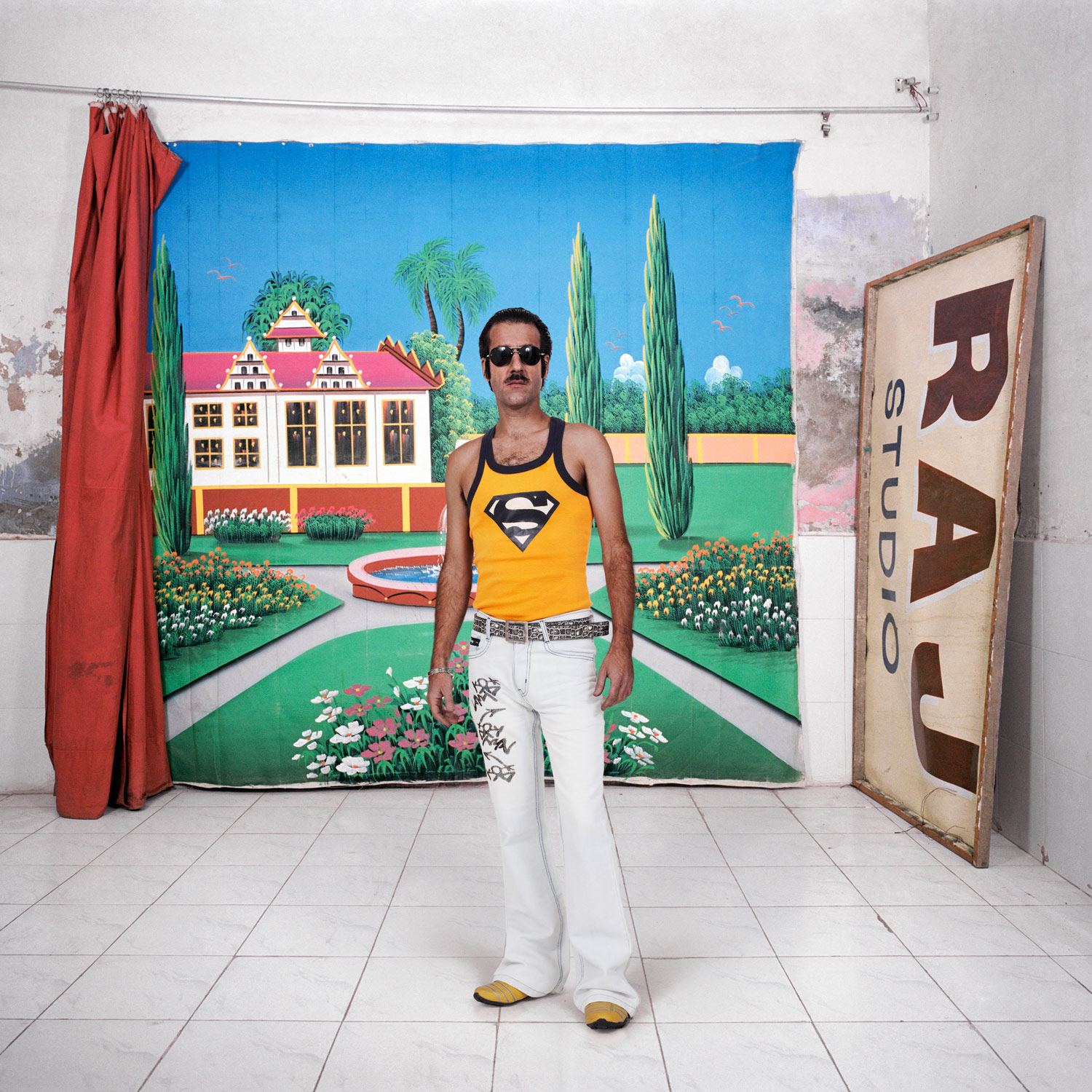
The second phase of the project is dedicated to the main Indian trend: a portrait complete with all the possibilities Photoshop offers. In every photo studio of the country visitors are now offered fantastic background landscapes. Those are often downloaded from the Internet or compiled from wild color compositions. How popular a certain landscape is depends on the region, but the service itself is in high demand. Offers of a necessary body shape, hair style or costume are no less popular. Of course, each studio has their own set of choices. Indians photoshopped my own portraits from phase one.
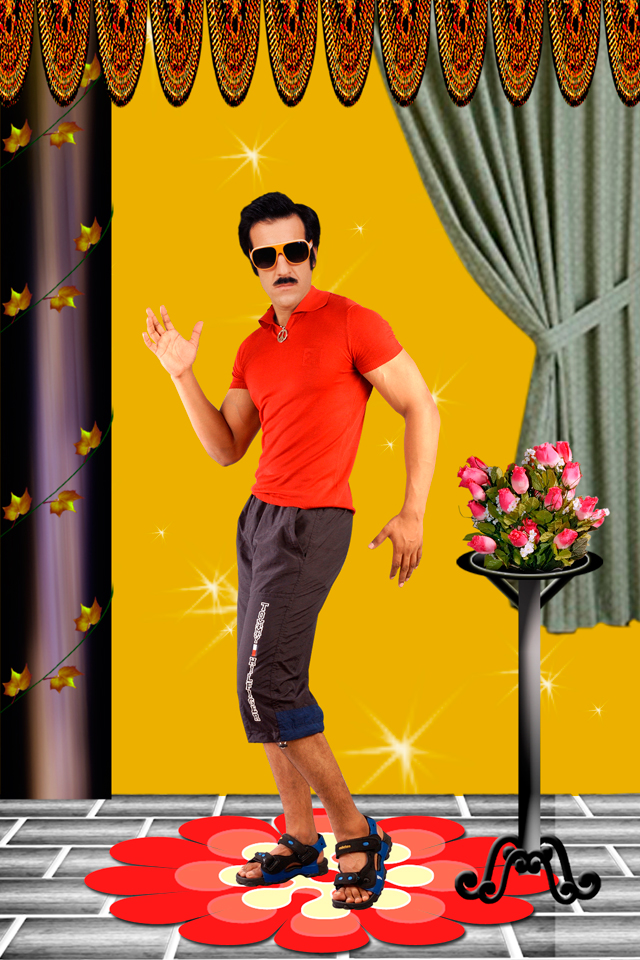
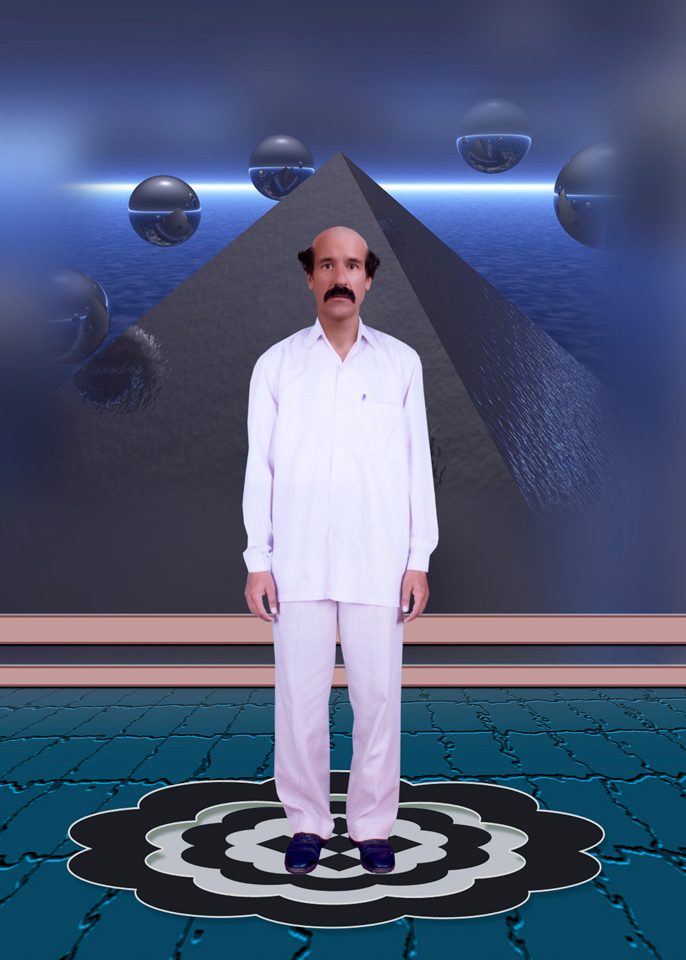
Phase three deals with the art of image restoration. Photo restoration is indeed very popular in India. Often relatives ask not only to restore a portrait of a deceased person, but also to colorize it.
The decision about colors is usually made by the photo studio, the studio can also change some minor details to their liking. For instance, choose a better style for a jacket or a tie, change the shape of the glasses and so on.
In order for the viewers to be able to appreciate the work of local photo restorers, for this phase I selected my own portraits, restored in two photo studios in New Delhi. Of course, the portraits I provided them were black-and-white and torn.
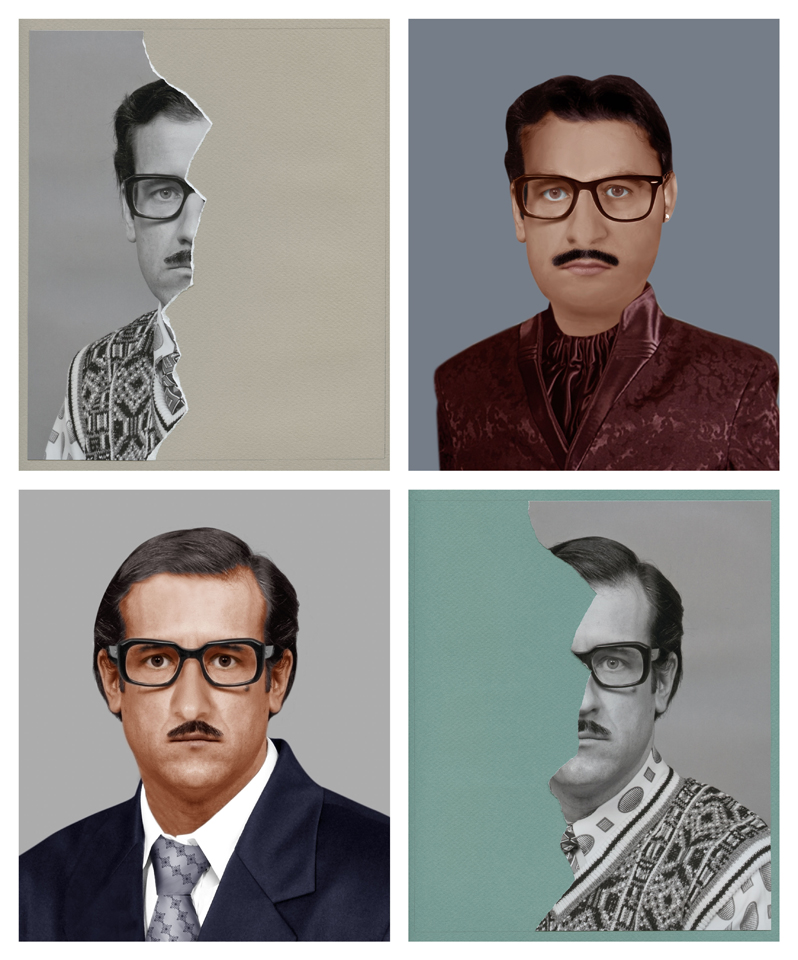
Phase IV of the project also has some connection with photography. It is dedicated to the dying culture of drawing portraits from photographs. They usually look like posters to Indian movies, where a person becomes an actor in some kind of Bollywood adaptation. As you may have already guessed, I gave my photographs to the painter.
To sum up, I should probably say something about how this series was accepted in India. When I showed it this year, I was worried that Indians might take offense. However, their response was calm and encouraging, as if they praised me for getting them.
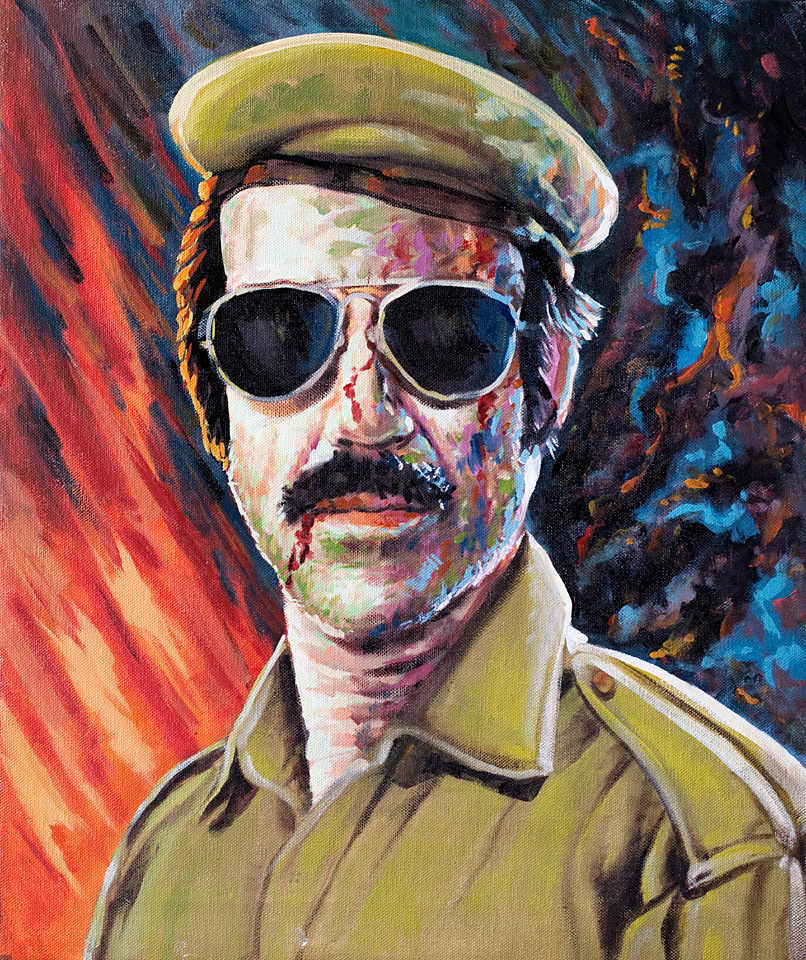
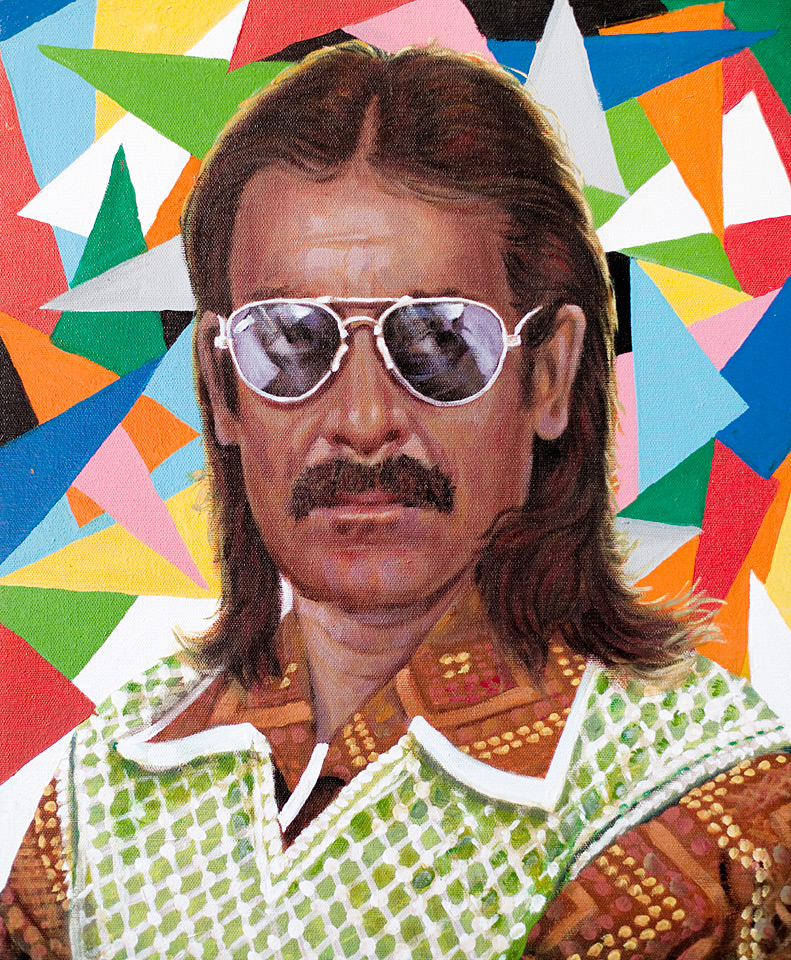
All photographs courtesy of press service of The Multimedia Art Museum in Moscow. Photobiennale-2016 International Festival is on until March 17, 2016.
New and best
